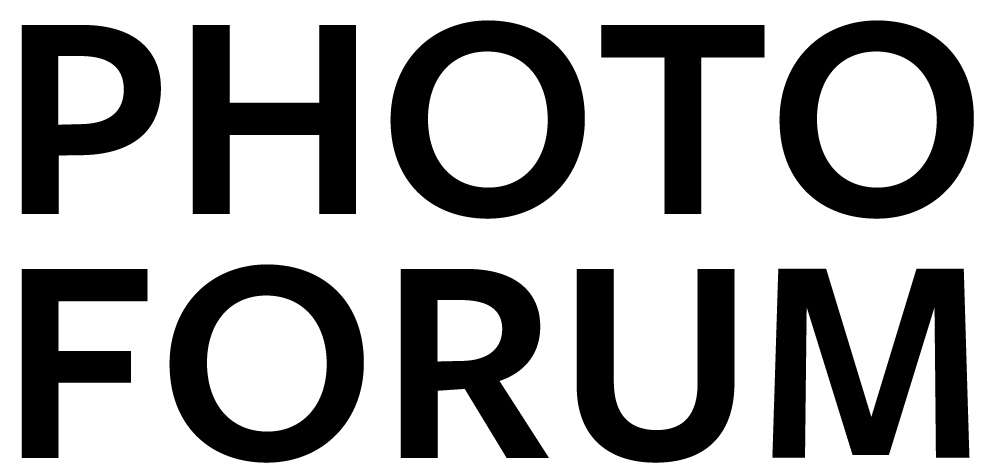
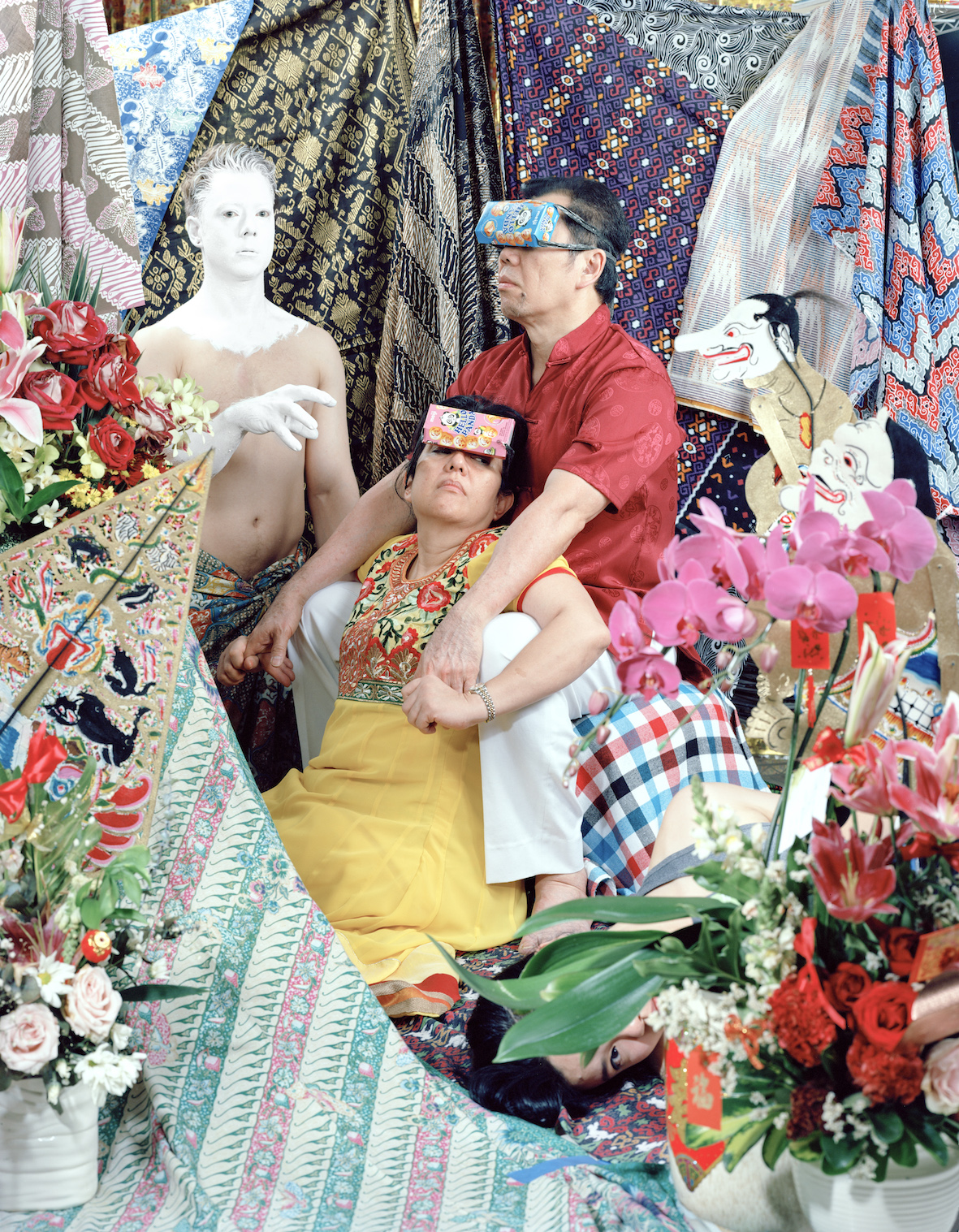
DISRUPTIVE PERSPECTIVES
22 September 2017 – 19 November 2017
DISRUPTIVE PERSPECTIVES
By its very nature, photography is a medium of exclusion. Bound by four edges, photographs crop out portions of the world, and reduce the boundless complexity of lived experience to a two-dimensional illusion. For marginalized populations, exclusion from the omnipresence of visual culture is not merely definedby what appears in one photograph or another. An abundance of exclusion—an existence that is largely outside of the frame—has the power to delegitimize one’s identity in the public sphere and have a profound impact on their lived experience. Many photographers have worked to carve out spaces where identities that fall outside of the mainstream can be represented and validated. Issues of gender and sexuality are of particular note—concepts that until recently resided in the popular consciousness as stable, binary concepts.
Disruptive Perspectives is an exhibition that focuses on gender, an aspect of human identity that is often expressed and understood through visual indicators. The artists included use photography to explore gender as a living language through which an expansive range of identities are articulated that cannot be sufficiently characterized using a simplistic male/female binary. Rather than rendering identity as fixed, the works on view consider gender as a constant negotiation that is shaped by the human psyche, the passage of time, and the complex relationship between self and other.
Imparting rich portrayals of desires, dreams, and difficulties, works by Barbara Davatz, Zackary Drucker & Rhys Ernst, Jess T. Dugan , Alexandre Haefeli, Laurence Rasti, Leonard Suryajaya, and Lorenzo Triburgo convey the human struggle to know one’s authentic self and to navigate the public and private expression of identity over time. Working in a moment of complexity—when the spectrum of identities is broadening, becoming more visible and accepted, yet equalrights for all remains elusive in experience—these artists are traversing a space between validity and obscurity with pronounced sensitivity. At the same time, their works lay bare aspects of their private lives and those of their subjects, and in that willingness, invite our empathic attention. At turns triumphant and at other moments sorrowful or distressing, the artworks included present gender and sexuality as a panoply of possible variations— which for each of us reflect the ongoing complex influences of self, other, and image.
Jess T. Dugan (*1986 in Biloxi, MI) lives and works in Saint Louis, Missouri.
Jess T. Dugan is interested in representations of LGBTIQ* communities. She produced the series To Survive on this Shore in collaboration with Dr. Vanessa Fabbre, assistant professor at the Brown School of Social Work at Washington University in Saint Louis. Commenced in 2013, To Survive on this Shore – the title comes from a line in the song Talk to Me Now by Ani DiFranco – started from the recognition that, in traditional representations of transgender and gender nonconforming people in the media and the arts, older people feature very rarely in comparison with younger trans* individuals. Dugan and Fabbre seek to remedy this absence by interviewing and photographing more than eighty trans* people aged fty or older. The paths of their subjects range widely and reveal the complexities of living a gender that doesn’t suit your identity. A tendency nevertheless emerges: most of these individuals obeyed the codes of their biological gender and had children and careers (in some cases military), but upon approaching middle age made the decision to nally free themselves from these constraints and live in accordance with their gender identity. A primary reason for delaying the expression of their authentic identity is the pressure of society – trans* individuals have greater visibility and are more respected today in comparison with even ten years ago. Just as the interviews are edifying, so too are the photographic portraits, which emanate a formal sensitivity and warmth that heighten our empathy with the stories they tell. Dugan thereby underlines the fact that these older individuals paved the way for today’s greater tolerance toward transgender, transsexual, and other persons who do not identify with a binary male/female spectrum: To Survive on this Shore is an homage.
Dugan obtained a BFA in photography from the Massachusetts College of Art and Design (2007), a master of liberal arts degree in museum studies from Harvard University (2010), and an MFA in photography from Columbia College Chicago (2014). In 2015 she cofounded the Strange Fire Artist Collective, which is dedicated to highlighting work made by women, people of color, and queer and trans* artists.
Zackary Drucker (*1983 in Syracuse, NY) & Rhys Ernst (*1982 in Pomona, CA) live and work in Los Angeles.
The series Relationship can be approached in several ways. First, it is a documentation of the romantic relationship between artists Zackary Drucker and Rhys Ernst, which lasted from 2008 to 2014. The couple’s photographs were not originally intended for exhibition or publication, but were testaments to mutual intimacy and visual experimentation. Today they constitute excerpts from their daily routine, and mementos from their life as a couple. Relationship also documents numerous physical changes that occurred as the couple simultaneously transitioned from one gender to another. Drucker is today a trans woman and Ernst a trans man. In their photographs, the artists have captured the successive stages of their respective processes of transitioning, as they each went through what they describe as a second “puberty.” Relationship therefore assumes a third level of meaning, since it also refers to the relationship of an individual with his/her body – a body whose gender corresponds to one’s identity or, on the contrary, deviates from it. For the two artists, it is matter of reappropriating their bodies through photography and hormone therapy. Relationship may be seen, then, as a testament to a love story that, while undoubtedly personal, has universal validity.
Drucker obtained an MFA in photography and media from the California Institute of the Arts in Santa Clarita (CalArts) (2007). Ernst received an MFA in lm and video, also from CalArts (2011). Drucker is a producer on the web television series Transparent, which follows the daily life of a husband and father who chooses to identify as a woman. Ernst is likewise a producer and director on Transparent and created the title sequence for the series.
Lorenzo Triburgo (*1980 in Bronx, NY) lives and works in New York.
The series Policing Gender by Lorenzo Triburgo examines mass incarceration in the United States from a metaphorical and queer perspective. Today in the United States, LGBTIQ* people are often victims of discriminatory and hateful statements, as well as violence and persecution. As memories of police raids on America’s gay and lesbian bars in the 1950s and ’60s linger, recent studies show that LGBTIQ* individuals are more likely to be convicted and receive longer prison sentences than their cisgender and heterosexual counterparts. This truth is all the more glaring in the case of LGBTIQ* persons of color. Triburgo’s photographs do not portray the reality of prison life as such, but show draped fabrics or aerial landscapes; humans are absent from these images, but their traces remain. The artist intends this presence of absence: by being incarcerated, LGBTIQ* persons disappear from history and society. Triburgo thus offers us a metaphor. His rendering of fabrics calls to mind Renaissance portraits of the nobility, in which sumptuous backdrops testify to the wealth and importance of the sitter, making the absence of human subjects in his photographs all the more striking. Taken from a hot air balloon, the aerial landscape images resemble surveillance photography. The levity of their execution, combined with their sinister appearance, reinforces an uneven distribution of power at the heart of Triburgo’s work.
Triburgo holds a BA in photography and genre studies from New York University (2002) and an MFA from the School of Visual Arts, New York (2005). In 2012 he received rst place in Amsterdam’s Pride Photo Award. An activist for LGBTIQ* causes, he teaches courses in Gender and Sexuality Studies and Art at Oregon State University in Corvallis.
Barbara Davatz (*1944 in Zürich, Schweiz) lives and works in Steg.
Barbara Davatz has photographed couples – as lovers, friends, or parents – over a period of more than thirty years. This long-term project takes an extended look at the diversity of the subjects and at their self-presentation to the camera. As Time Goes By therefore sketches an outline of the evolution of these individuals’ identities and, more broadly, offers a snippet of contemporary history. Davatz’s rigorous formal language serves to underline the subtle changes wrought by time: the same gray and neutral background provides a foil to faces and clothes, revealing fragments of each person’s identity. The inspiration for As Time Goes By goes back to the early 1980s, when the photographer met an androgynous couple named Nicola and Kurt. The rst time she saw them, both had blonde crew cuts and were dressed entirely in black. Davatz went on to make portraits of twelve couples in total, presenting them according to a clear and simple set of design parameters. After the original set of portraits, taken in 1982, she repeated the experiment at intervals of several years – in 1988, 1997, and 2014. Some couples have meanwhile separated and formed other relationships; new partners make an appearance and in some cases couples have become families.
Davatz was born in the United States and moved to Switzerland in 1963. She was trained as a professional photographer at the Kunstgewerbeschule in Zurich (1965–68). Since 1968 she has been working as a freelance photographer commissioned mainly for magazines, advertising, and lm and slide presentations. Davatz specializes in portraits and portrait reportage, as well as free works, particularly conceptual portrait and landscape series.
Leonard Suryajaya (*1982 in Medan, Nord Sumatra, Indonesien) lives and works in Chicago.
The work of Leonard Suryajaya is inspired by the complex history of his roots: he grew up as an Indonesian citizen of Buddhist faith and Chinese origin in a predominantly Muslim country. Starting from this composite cultural context, the queer artist explores fundamental questions about notions of intimacy, sexual orientation, and the sense of dislocation – of feeling alien to one’s surroundings. Suryajaya uses his body as his point of departure, and its appearance as his battleground, to challenge the different cultural practices of a globalized world. His high-density, performative compositions include his family and partner staged in wholly original ways. Colors and motifs abound in a deliberate confusion and create veritable tableaux vivants. Suryajaya’s photographs allow him to communicate his vision of daily life and the world, in which a multitude of cultural codes superimpose themselves and betray the tensions that can exist between his own personal identity and the expectations of his family and of society.
Suryajaya received a BFA in art and BA in theatre arts from California State University (2013) and an MFA in photography from the School of the Art Institute of Chicago (2015). In 2015 he received the Claire Rosen and Samuel Edes Prize for Emerging Artist and in 2016 a Robert Giard Foundation Fellowship.
Alexandre Haefeli (*1992 in Santa Monica, CA) lives and works in Lausanne and Paris.
The Company of Men by Alexandre Haefeli is a series centered on the male gure and the representation of sensuality. While the theme of voluptuousness is often portrayed in our society via female nudes, erotic portraits of naked men are far less common. Haefeli’s images raise questions about male eroticism, and celebrate men’s bodies in relation to existing iconography. Particularly interested in the notion of the ephebe (1) Haefeli humorously overturns the codes of masculine imagery: the young men appearing in The Company of Men seem delicate, mischievous, and sensitive. They are surrounded by owers or encircled by an astral nimbus and exude qualities usually considered feminine. Haefeli thereby creates a distance between his work and traditional representations of men – a gap that is perhaps accentuated by the explicitness of certain photos. Yet the attributes of masculinity change according to epoch, place, and culture. At no point do they conform to a universal concept that is immutable and fixed. This series thus reminds us that it is possible to live and to express one’s identity as a man outside the clichés generally associated with virility.
Haefeli received his BA in photography from the École cantonale d’art de Lausanne (ECAL) (2015). His work has been exhibited at the Musée de l’Elysée in Lausanne, at the Voies Off festival at the Rencontres d’Arles, and at The Ballery in Berlin. In 2016 he won first prize at the Swiss Photo Awards (free category) and at the London Creative Awards (personal category).
(1) Historically, an adolescent or a young man between sixteen and twenty years old in antiquity. Today, the term is often used to describe a beautiful young man in French.
Laurence Rasti (*1990 in Genf, Schweiz) lives and works in Lausanne.
In 2007 the former Iranian president Mahmoud Ahmadinejad gave a speech at Columbia University in which he stated, “In Iran, we don’t have homosexuals like in your country.” His words echo in the title of the series Il n’y a pas d’homosexuels en Iran (There are no homosexuals in Iran) by Laurence Rasti. The assertion does not reflect the reality of Iranian society: homosexuality does indeed exist there, even if consensual relations between members of the same sex are punishable by death. For those who are discovered, the choices are few: they must flee or undergo sexual reassignment surgery. Transsexuals and their sexuality seem to be more tolerated, although difficulties and dangers still exist. So if there are no homosexuals in Iran, it is because they remain invisible or flee the country. Born in Switzerland to Iranian parents, Rasti has captured sensitive portraits of Iranian gay refugees in the Turkish town of Denizli, through which they often travel. Despite its tragic context, the series Il n’y a pas d’homosexuels en Iran rarely inspires sadness. The subjects of these works do not bear the formal signs of their personal dramas; on the contrary, their gestures toward each other are affectionate. Those who prefer to remain anonymous have their faces covered by balloons or patterned fabrics that protect their identity in a poetic and sensitive manner. Keeping their identities secret serves as a reminder that their lives have been under threat, and concealment is a matter of life and death. Here, however, they are no longer hiding in darkness but behind colorful objects, through which the artist conveys a brighter future ahead: by fleeing Iran, these individuals will soon be able to live their romantic relationships in broad daylight. Il n’y a pas d’homosexuels en Iran thus becomes a message of hope.
Rasti studied at the CFPAA in Geneva and at the ECAL in Lausanne, receiving her BA in photography in 2014. In 2015 she was a runner-up in the Aperture Portfolio Prize and in 2016 received the Swiss Design Award (photography category).
This exhibition is co-curated by Nadine Wietlisbach, Director at Photoforum Pasquart in Biel, Switzerland and Allison Grant, Assistant Curator of Exhibitions and Education at the Museum of Contemporary Photography at Columbia College. The exhibition will be presented simultaneously at both curators’ home institutions.
The publication Disruptive Perspectives is available in our shop.
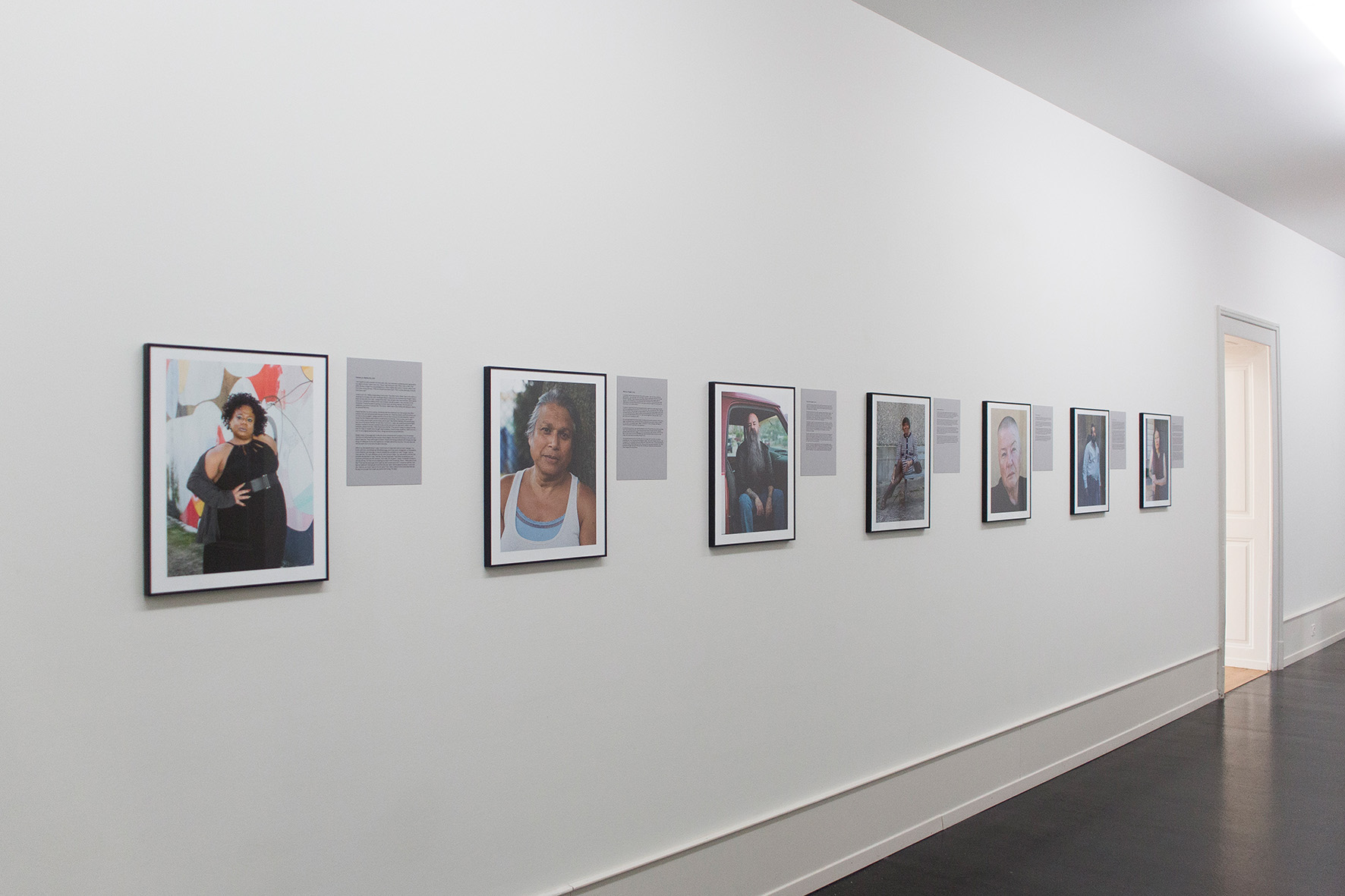
Jess T. Dugan, Exhibition view © Julie Lovens
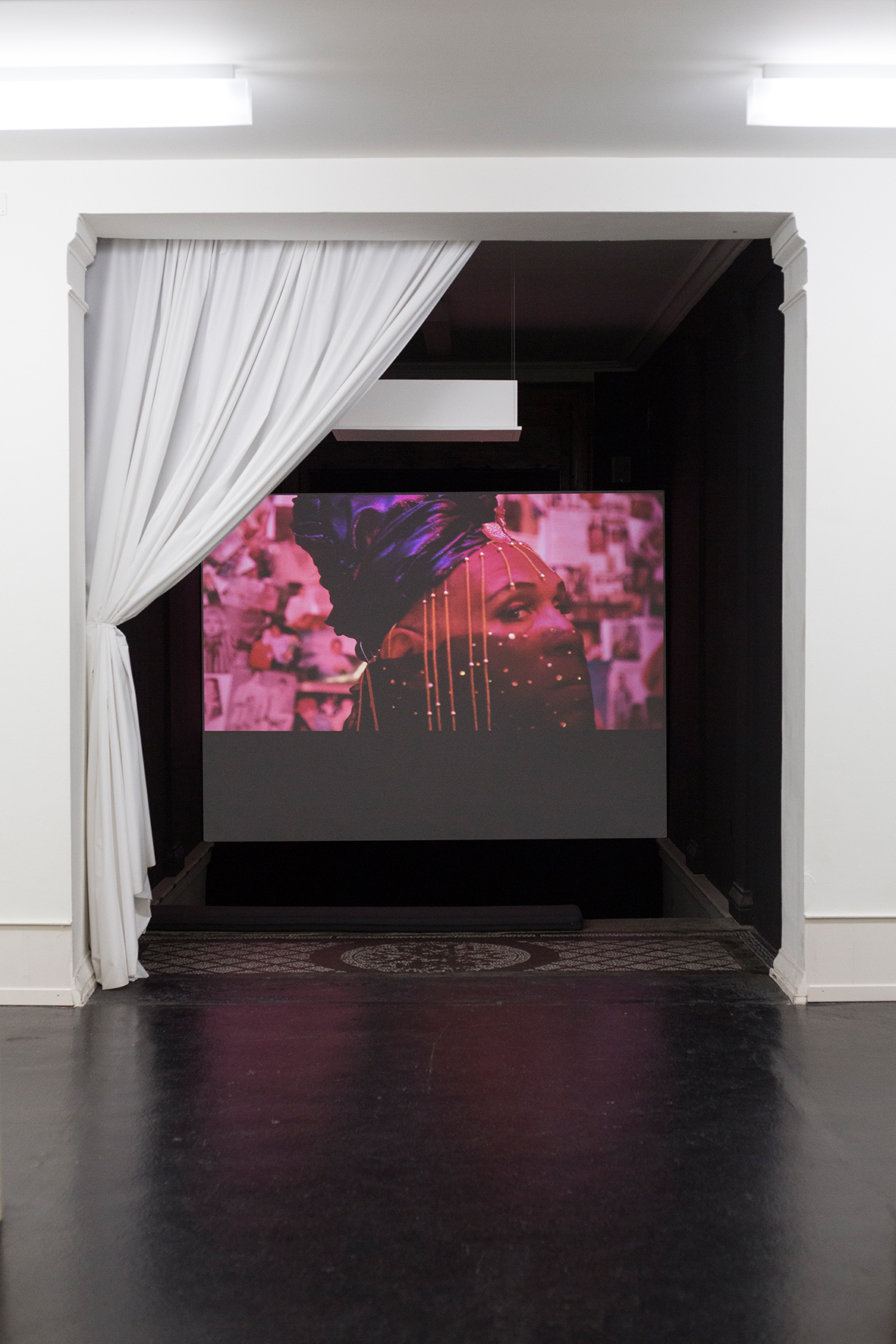
Zackary Drucker & Rhys Ernst, Exhibition view © Julie Lovens
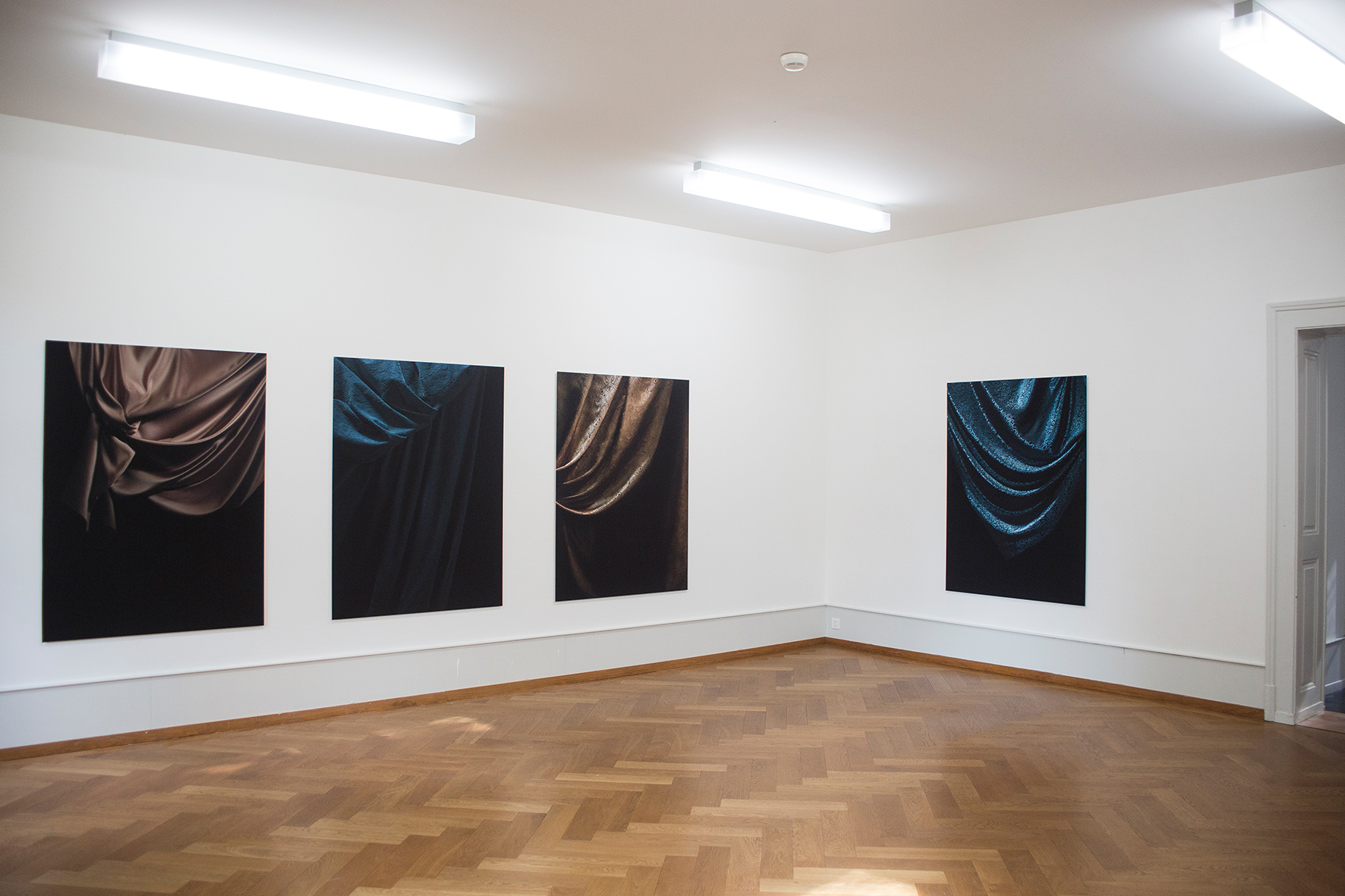
Lorenzo Triburgo, Exhibition view © Julie Lovens
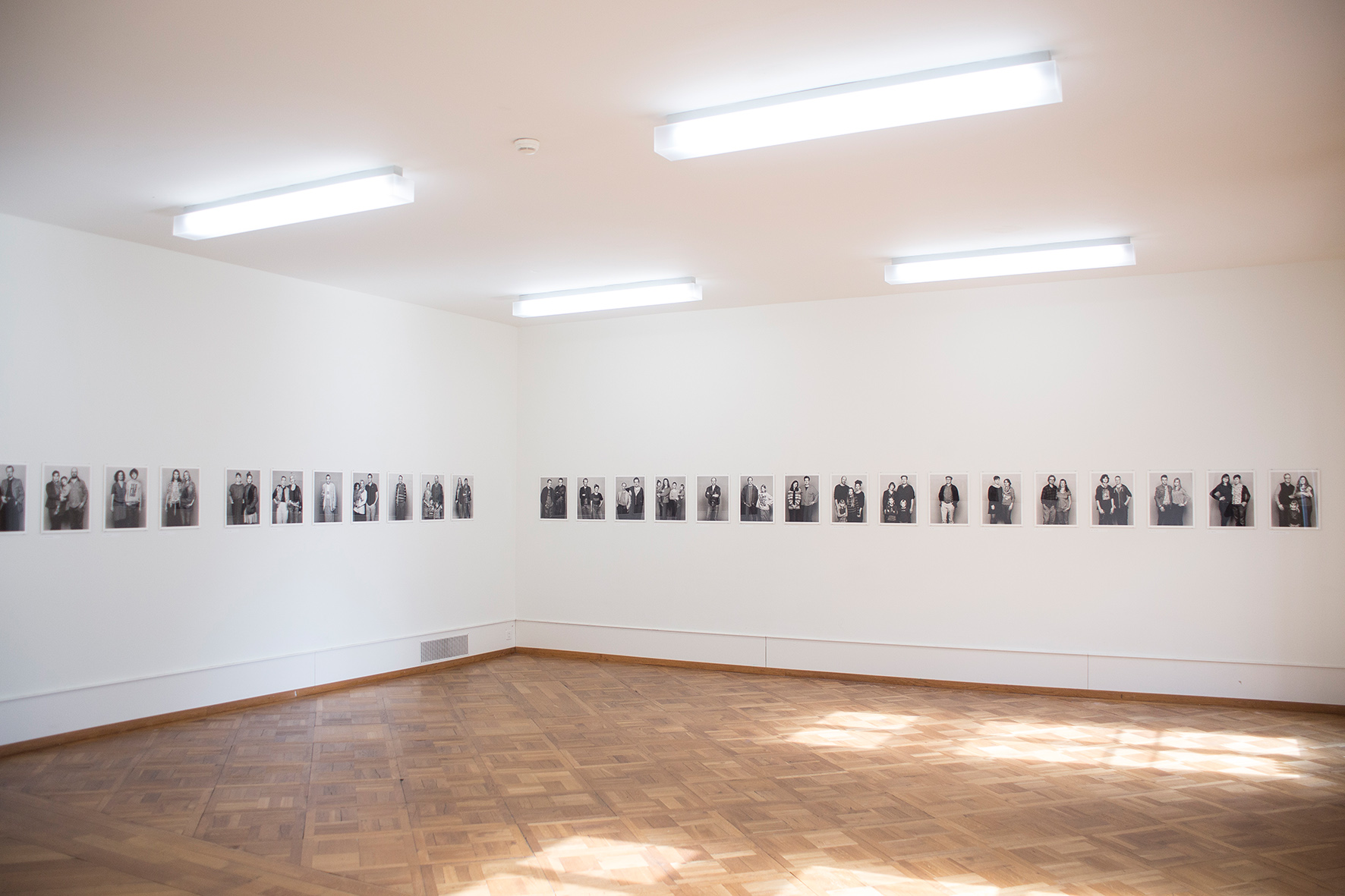
Barbara Davatz, Exhibition view © Julie Lovens
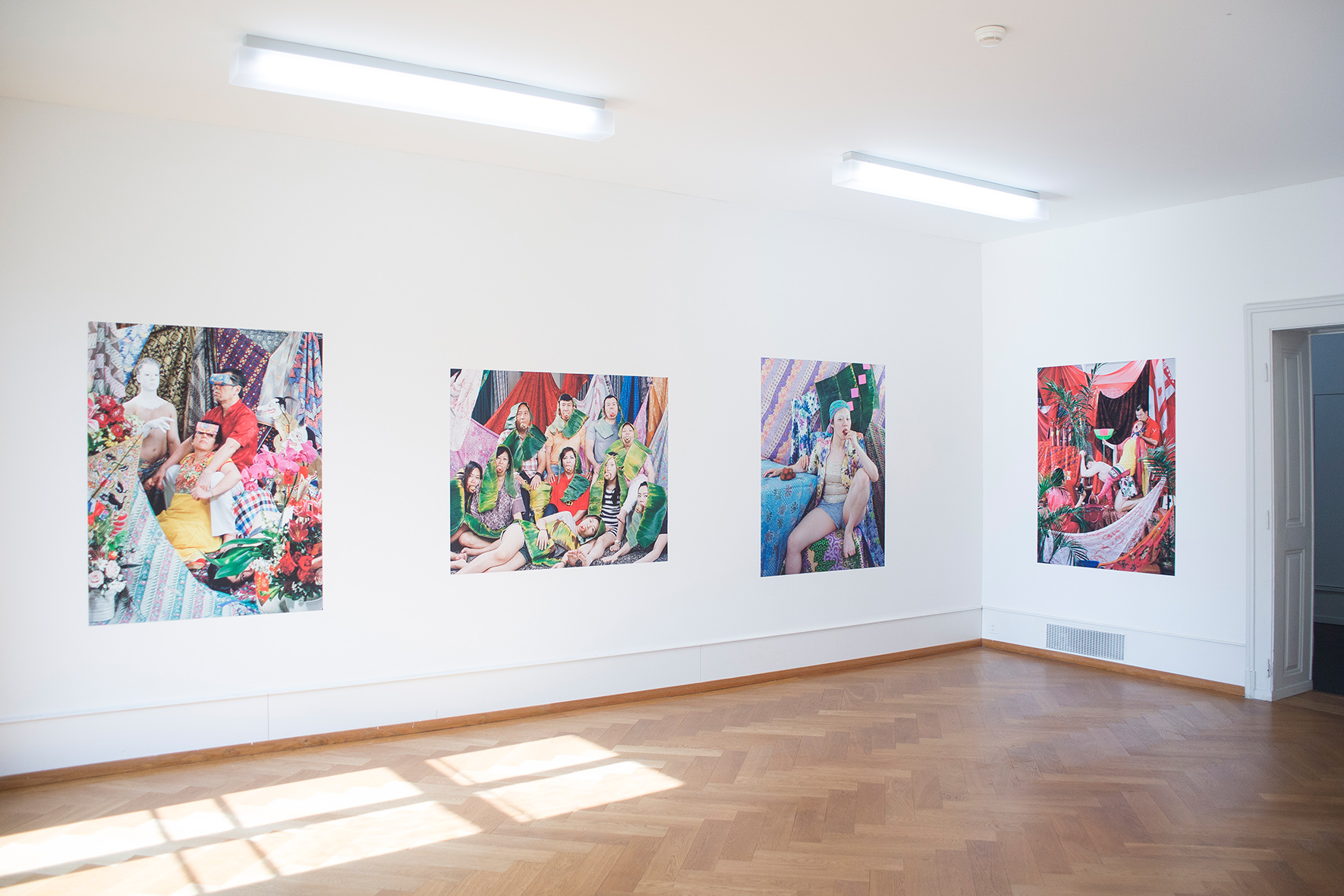
Leonard Surayajaya, Exhibition view © Julie Lovens
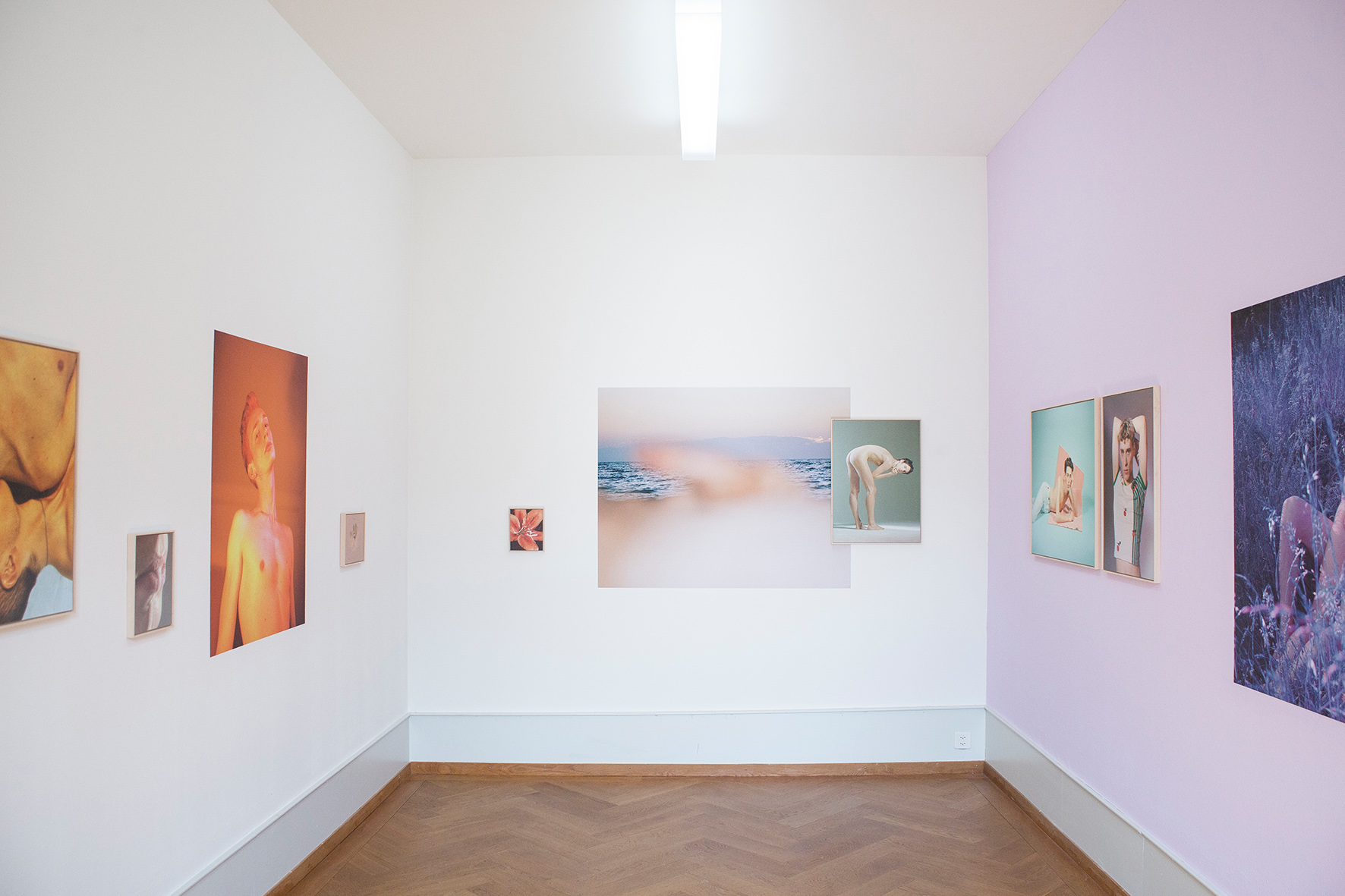
Alexandre Haefeli, Exhibition view © Julie Lovens
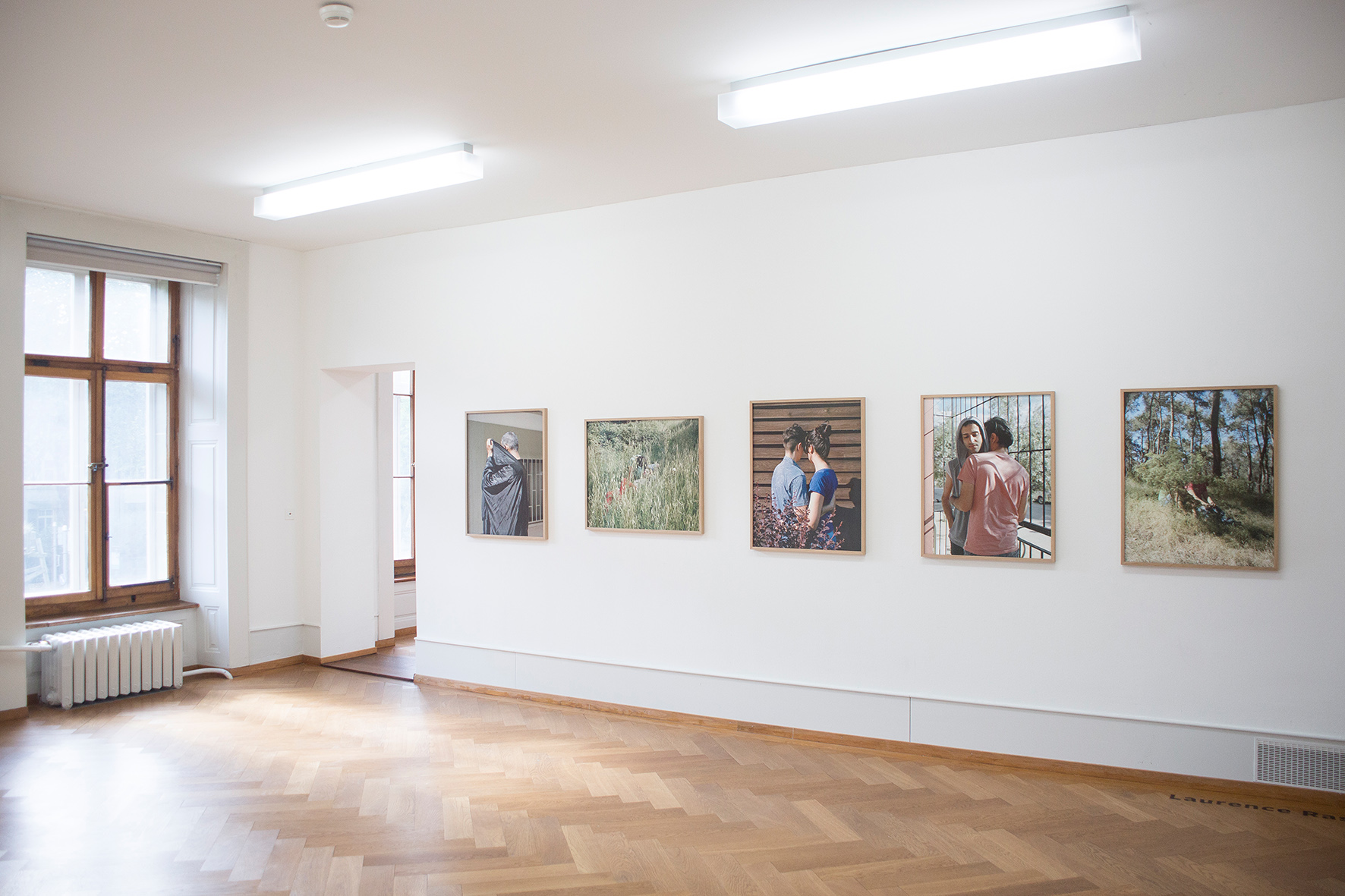
Laurence Rasti, Exhibition view © Julie Lovens
The exhibition is supported by:
ERNST UND OLGA GUBLER-HABLÜTZEL STIFTUNG


